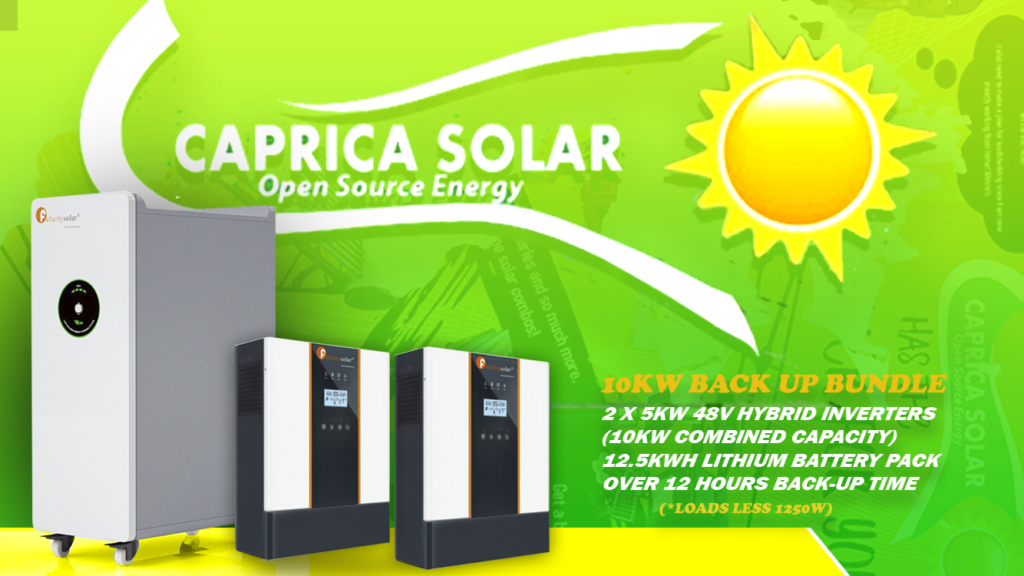What are the factors to be considered when selecting an inverter?
How do I know what size inverter to buy?
How many watts is a good inverter?
How much inverter capacity do I need for my home?
Understanding Your Power Requirements
How many watts is a good inverter?
Before you buy an inverter, it’s important to understand how much power you need to run your electrical appliances like your TV, lights, satellite, and fridge. This will help you determine the size of inverter you need and how many batteries to use.
To calculate your power requirements, add up the power consumed by each appliance you want to run during a power outage.
For example, if you want to run 3 fans, 3 tube lights, 1 CFL, and 1 television, your total power requirement would be (370 + 360 + 25 + 120) = 535 watts.
What are the factors to be considered when selecting an inverter?
How do I know what size inverter to buy?
Determining the VA Rating of the Inverter You Need
The VA rating, or volt-ampere rating, is the voltage and current supplied by the inverter to your appliances. Inverters typically have an efficiency range of 60-80%, which is also known as the power factor. The power supplied by the inverter, or the VA rating, is equal to the power required by the appliances divided by the power factor.
Using an average power factor of 0.7, the power of the inverter you need would be 765 VA (535 watts / 0.7). In the market, you can find 800 VA inverters, so that would be a good choice for your home.
Knowing the Battery Your Inverter Needs
How much inverter capacity do I need for my home?
The battery is an essential part of an inverter system, and the performance and lifespan of the inverter depend on the battery quality. The battery capacity, measured in ampere-hours (AH), determines how long the inverter will power your appliances.
To calculate the battery capacity you need, use the following formula:
Battery capacity = Power requirement (in watts) x Duration (in hours) / Battery voltage (in volts)
For example, if you want to run the appliances listed above for 3 hours during a power outage, you would need a battery with a capacity of 130 AH (535 watts x 3 hours / 12 volts).

How to Choose the Right Inverter for Your Needs – Quick Guide
Step #1 Determine Your Power Requirements
The first step in selecting an inverter is to figure out how much power you need. This will depend on the appliances and tools you want to run during a power outage.
To determine your power requirements, you’ll need to know the wattage or current (in amps) of each item. This information can usually be found on the appliance or in the manual. Check online or or the manufacturing website.
If you can’t find this information, you can contact the appliance supplier to ask. It’s important to know both the continuous rating (in watts or amps) and the peak/surge rating (in watts or amps) of each item.



Convert Amps to Watts
To convert amps to watts, use this formula: watts = amps x voltage. For example, if you have an appliance that uses 5 amps and is plugged into a 120-volt outlet, the wattage would be 5 amps x 120 volts = 600 watts.
Calculate the Startup Load (Peak/Surge Watts)
Many appliances, particularly those with induction motors (such as air conditioners, refrigerators, and pumps), have a higher peak/surge wattage when they start up.
To figure out the startup load for an appliance, multiply the continuous wattage by 3. Find the continuous wattage online by searching for your appliance name.
For example, if an appliance has a continuous wattage of 500 watts, the peak/surge wattage would be approximately 500 watts x 3 = 1500 watts.

